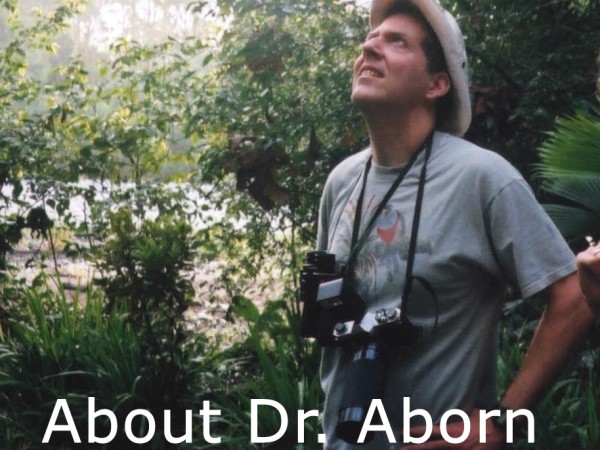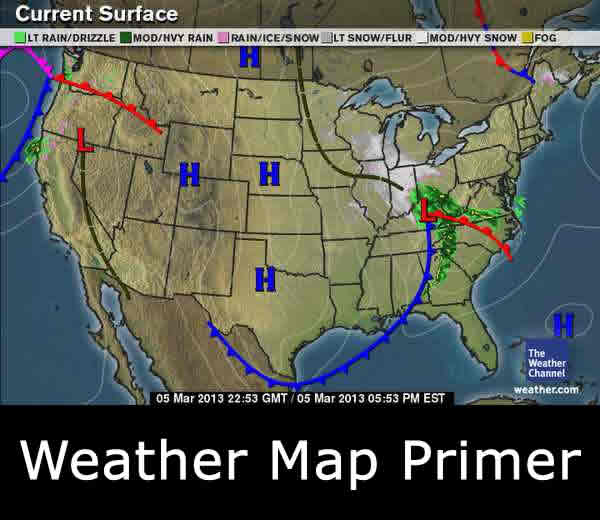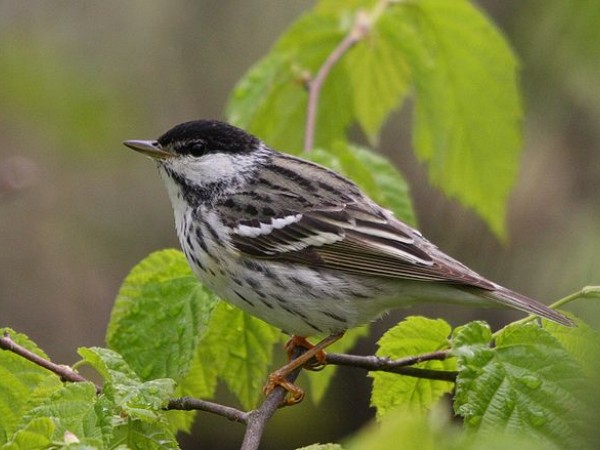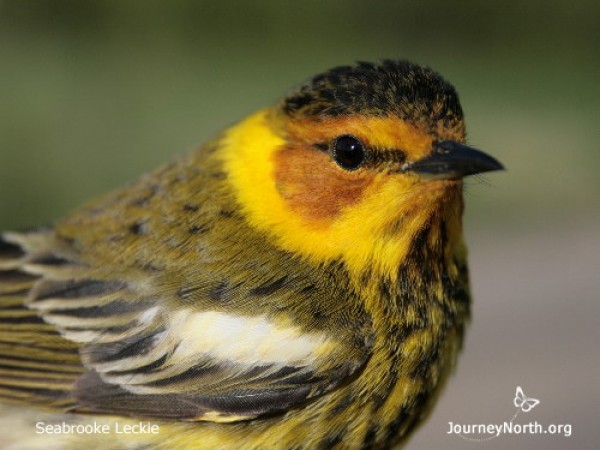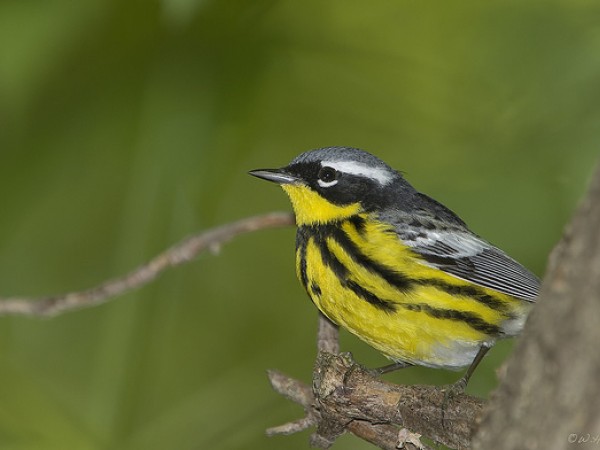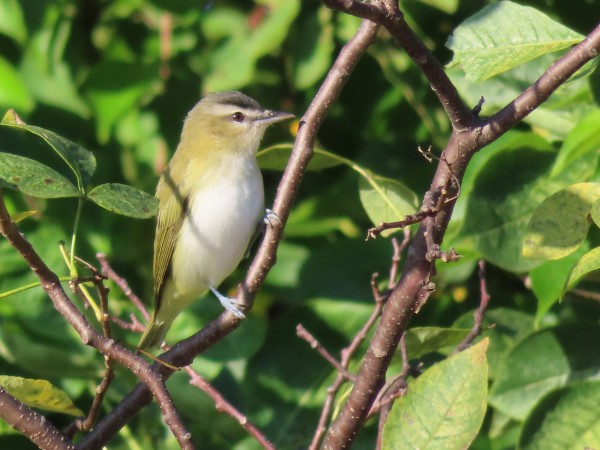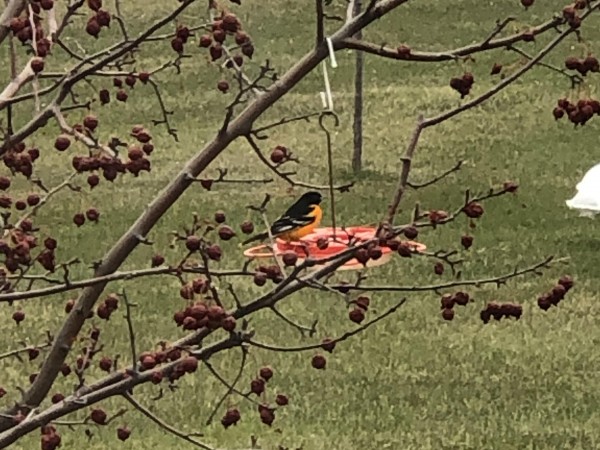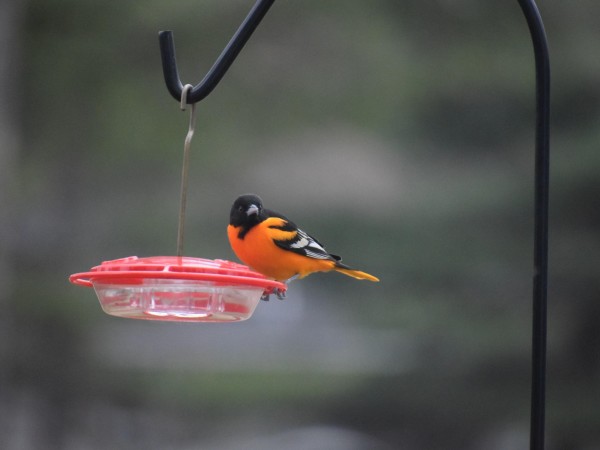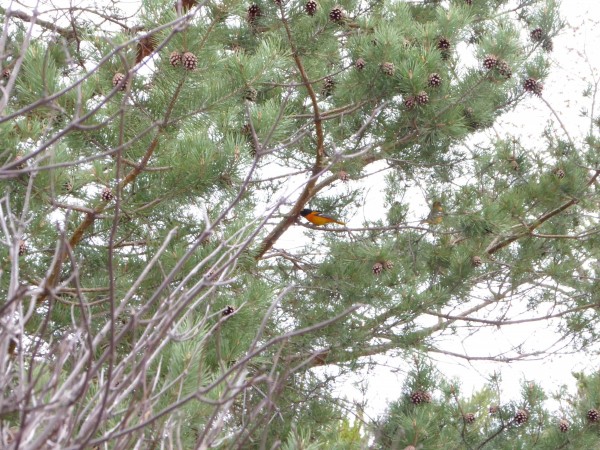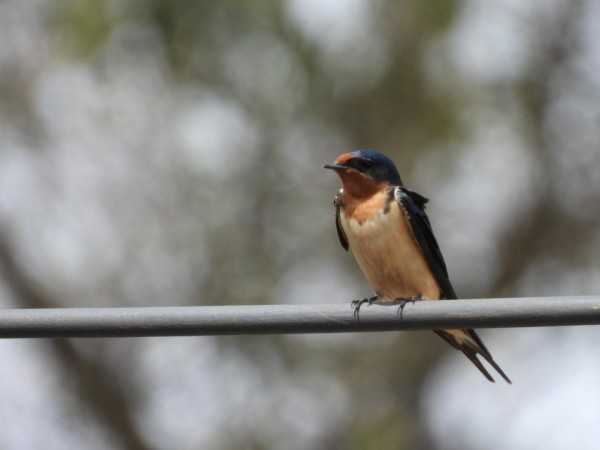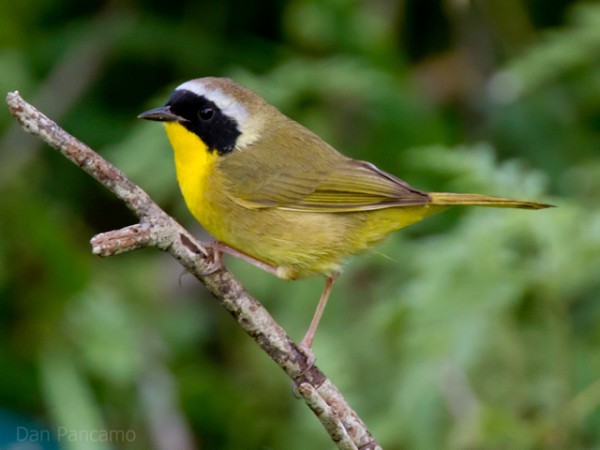Migration Is Not Done Yet
Tropical Storm Arthur is pushing some migratory species farther west than they usually travel. What else is in store for the final few weeks of spring migration?
Dear Journey North Readers,
Mother Nature is not quite done with migration! A typically fall event happened that brought an unexpected pulse of migratory birds to much of the east coast. The first tropical storm of 2020, named Tropical Storm Arthur, formed off southern Florida and moved up the southeast coast, staying just offshore. This system forced a lot of migratory birds, especially ones that winter in the Caribbean, farther west than they usually travel. In particular, there were many Blackpoll Warblers, Black-throated-Blue Warblers, and American Redstarts seen in the Florida panhandle and Alabama. The strong winds were felt far up the east coast, forcing many migratory birds to land. In New York and New Jersey, there were many sightings of redstarts, Northern Parulas, and Black-and-white Warblers. Ovenbirds, Cape May Warblers, Magnolia Warblers, Swainson’s Thrushes, and Veeries were also common sightings. Even into New Hampshire and Maine, there were more than usual warblers reports, along with many Least Flycatchers. In the Midwest, there were no effects of the tropical storm, but there were southerly winds that carried birds farther north. There was a big influx of Ruby-throated Hummingbirds in Michigan, and 12 warbler species and many Swainson's Thrushes were seen in Minnesota.
Migration was not quite as active out west, but birds were still moving. After the second storm system I mentioned last week moved out, the improving weather allowed for an influx of Ash-throated Fylcatchers, Yellow Warblers, and Bullock’s Orioles in central and northern California. Many Bullock’s Orioles were reported in Wyoming, while there were many reports of Western Tanagers throughout Idaho.
Even though Tropical Storm Arthur will be weakening, its effects will still be felt for another few days. The storm system that was out west last week has made it to the Ohio Valley, bringing scattered rain throughout the Midwest and Southeast. Normally, that system would move off the east coast in a day or two, but Arthur is blocking its movement. As a result, there will be scattered rains throughout much of the week; possibly through Friday. Migratory birds in those regions will have poor flying conditions this week which should hamper movement. Out west, you can see another storm system has moved in from the Pacific. While it is not a strong system, there is enough rain to keep birds grounded there as well. In between those two systems, however, there are good flying conditions; southerly winds and clear skies. Therefore, for much of the week places like the Great Plains and upper Midwest should see a lot of migratory birds.
Can we finish the season with one more big round of migration? Tune in next week to find out! Take care.
David Aborn
Chuck Henrikson's Birding Report From UW–Madison Arboretum
"Warblers are still arriving. There are always a few that routinely arrive later than others. I’m sure some birders have seen over 30 species of warblers. I just reached 26 today with the addition of a Black-throated Blue Warbler, a Bay-breasted Warbler and a Cape May Warbler." Read Chuck's latest birding report from the Arboretum.
Baltimore Orioles Arrive in Western Canada
Baltimore Orioles continue to advance northward and are being spotted in the Canadian provinces of Manitoba, Saskatchewan, and Alberta. Along the east coast, Baltimore Orioles have reached Maine and Quebec -- but no sightings yet reported in New Brunswick or Nova Scotia.
From Granby, QC: Louise shared, "I was getting anxious because it is much later this year [Baltimore Oriole arrival] than it was the two previous years. But I'm very happy to have them returning, especially that we are moving in July and those who bought the place are bird watchers." (05/12/2020)
From St Andrews, MB: Evelyn saw her first Baltimore Oriole after she, “just put up the feeder yesterday.” (05/13/2020)
In Andover, ME: David said, "[Baltimore] Oriole came to my Hummingbird feeder before I had time to set up the Oriole feeder." (05/15/2020)
From Prince Albert, SK: Rpd shared, “This is the first Oriole we have seen up north, seems to be 4 of them, only 1 male. Our hummingbird arrived back on the same day.” (05/18/2020)
From Red Deer County, AB: Carolyn said, “[Baltimore Oriole] flew through the yard looking for the feeder.” (05/19/2020)
Out west, Bullock's Orioles continue to be spotted in Colorado.
From Colorado Springs, CO: Patrick said, “we had 4 males and at least 2 females today. This is the highest number we've ever had at 1 time.” (05/09/2020)
Barn Swallow, Common Loon, and Red-winged Blackbird Updates
In Canada, Barn Swallows are checking out new nesting sites.
From St Andrews No 287, SK: Craig noted, “first pair [Barn Swallows] this year checking out their new shelters." (05/17/2020)
Common Loons are visiting West Virginia waterways and have been sighted as far north as Lakeland No 521, SK.
From Ghent, WV: Casey spotted, “one female [loon] swimming in the lake.” (05/04/2020)
Red-winged Blackbirds are returning to backyard feeders in New York.
From Le Roy, NY: Bonnie shared, "Red winged blackbird visited my fly through feeder today. A Male or two and later, a female, so they are here!" (05/09/2020)
One More Week of Updates
Next week is the final Weather & Songbirds News Update of the Spring 2020 season. Be sure to report your sightings of migratory birds. Go to the Journey North sightings page and under the 'Select Species or Event' dropdown menu, select 'Oriole', 'Barn Swallow', 'Loon', or 'Red-Winged Blackbird'. If you are seeing other songbirds such as warblers, select 'All Other Signs of Spring' under the dropdown menu.
You can also participate in other Journey North projects throughout the rest of spring and early summer. Report your sightings of hummingbirds, monarchs, and much more. Your reports provide valuable data.


